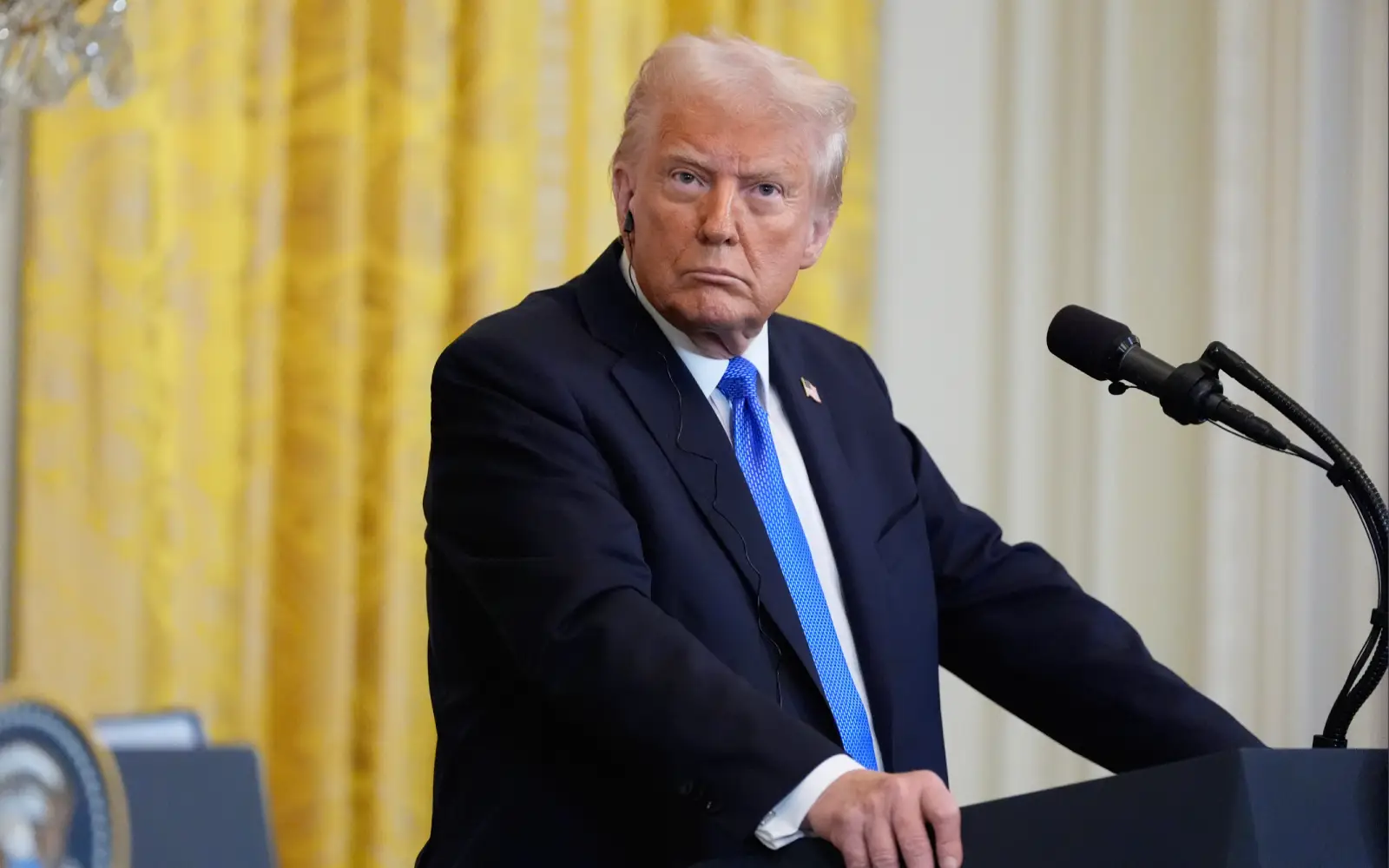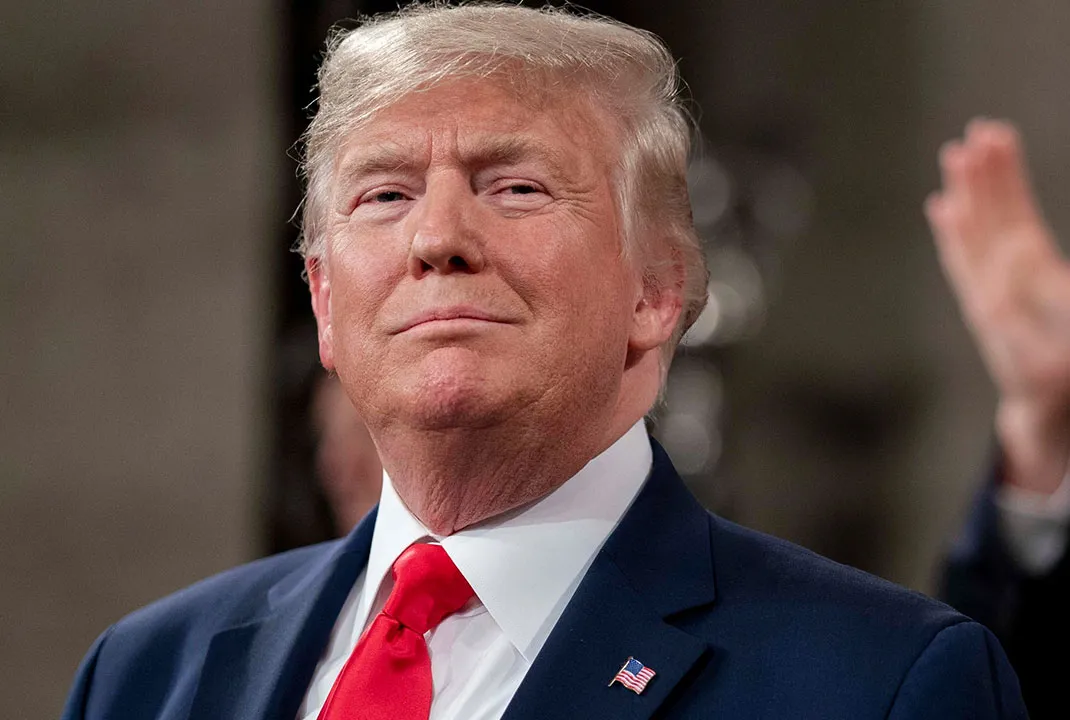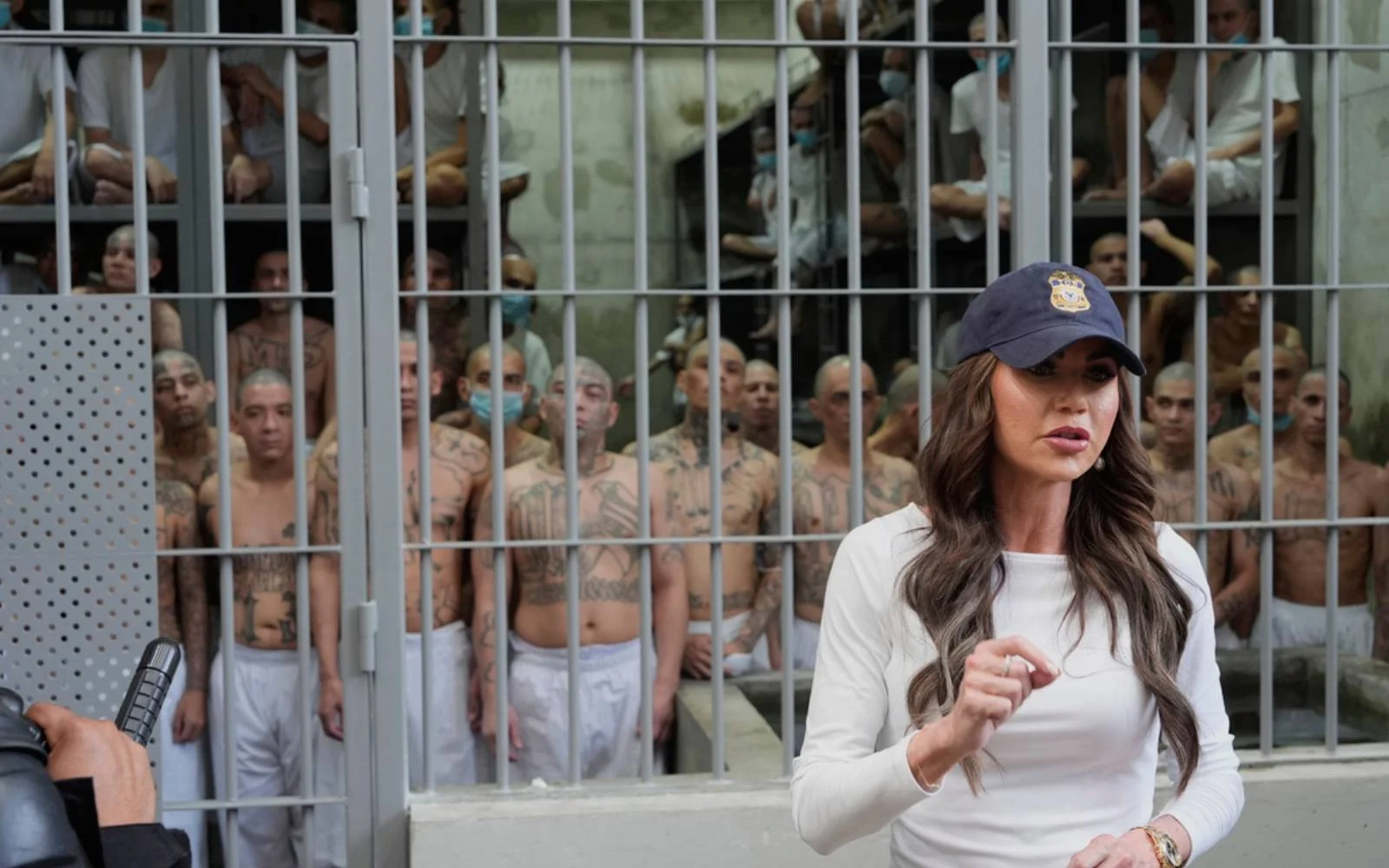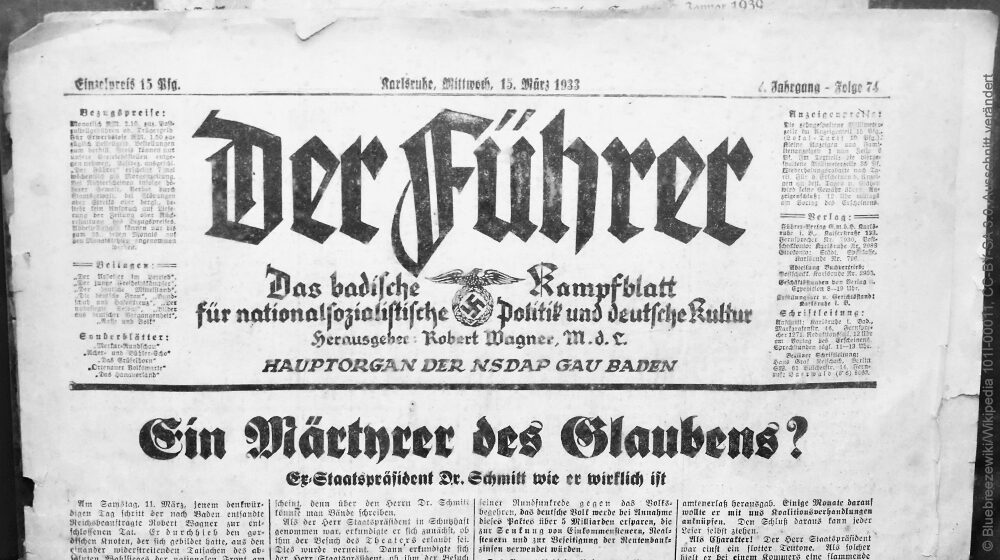On Tuesday, March 18, 2025, two of the most powerful men on Earth struck a historic deal. Donald Trump and Vladimir Putin had a call and discussed the “thousands of encircled Ukrainian troops,” the portraits they commissioned for each other, and a ceasefire in Ukraine.
Worth noting that Donald Trump ran on being able to force Putin to make peace. It was assumed by the president and his loyalists that the only reason the war continues, and people keep dying, is that Joe Biden and Volodymyr Zelenskyy are bloodthirsty lunatics who can’t get enough dead Russians.
Funnily enough, Zelensky has overwhelmingly won in 2019 largely thanks to the appeasement rhetoric identical to Trump’s.
Later, he had to face numerous humiliations by Putin, forced the Ukrainian army not to shoot back to maintain ceasefires constantly broken by Russians, and made every possible effort to stop the war. On February 24, 2022, he was forced to reconsider.
Where we’re at in the negotiations
As soon as he got elected, Trump called Putin to say thank you and to negotiate a ceasefire. But he was denied any form of pause to hostilities because the president of Russia was under the impression that he could still achieve more in this war.
To change his mind, America proceeded to give Russia important concessions in terms of international policy, sanctions, and overall vibes.
On March 18, Donald Trump tried to make a deal again, from America’s new, weaker position. The admin’s assumption was that now Putin would see their pure humanitarian intentions and would want to stop losing 1,000 men on an average day.
Vladimir Putin made Trump wait for the call while visibly mocking him on Russian media — and then denied the Trump peace plan again.
Donald Trump decided not to apply any pressure of the kind he applied to his former ally, Volodymyr Zelenskyy. Even though the initial goal of silencing all guns wasn’t achieved, the administration touts the talks as a big win — the two leaders agreed to halt attacks on infrastructure, which President Putin allegedly ordered his troops to stop during the call.
Perhaps, the first step in a lasting and fruitful partnership between Russians and Americans.
Let’s evaluate the effectiveness of this deal negotiated by Donald Trump
What Putin has agreed to within the Donald Trump ceasefire
Apart from all the compliments, it is unclear what the sides agreed to — the statements they distributed differed in language in a significant manner.
For example, Russia claims it demanded the cessation of all military and intelligence aid to Ukraine before a real ceasefire can even be considered. Donald Trump denies they talked about aid at all.
But the key part is this:
The White House: “The leaders agreed that the movement to peace will begin with an energy and infrastructure ceasefire, as well as technical negotiations on the implementation of a maritime ceasefire in the Black Sea, a full ceasefire, and permanent peace. These negotiations will begin immediately in the Middle East.”
The Kremlin: “During the conversation, Donald Trump proposed a mutual 30-day cessation of strikes on energy infrastructure targets by both sides of the conflict. Vladimir Putin responded positively to this initiative and immediately issued the corresponding order to the Russian military.”
The White House seems to think the attacks on all civilian infrastructure will stop.
Russians mention only energy, likely thinking about the burning oil depots used for their war machine. None of the statements mention any regard for residential buildings.
Logically, Russians do not even theoretically intend to stop attacks on water supply and heating networks, healthcare facilities, railways, telecommunications, and educational institutions. But hey, energy infrastructure includes power plants, electrical grids, oil refineries, gas pipelines, and storage facilities that produce and distribute energy — that’s good too!
So, did It work?
It’s been enough time to evaluate the effectiveness of the ceasefire Donald Trump negotiated for Ukraine just hours after his Gaza ceasefire fell apart.
In a nutshell — no, it didn’t work. Even though Russians claimed to have shot down six of their own drones heading for Ukraine, many large and small cities have experienced blackouts caused by new strikes since then.

Here is an inconclusive list of attacks against Ukrainian civilians and infrastructure since Vladimir Putin told Donald Trump he’d stop, according to the Air Force Command of the Ukrainian Armed Forces.
- March 18 – 137 Shahed suicide drones. Civilian targets hit in Kharkiv Oblast, Sumy Oblast, Poltava Oblast, Dnipropetrovsk Oblast, and Cherkasy Oblast.
- March 19 – two Iskander-M ballistic missiles, four S-300 guided missiles, and 145 suicide drones. Civilian targets hit in Sumy Oblast, Odesa Oblast, Poltava Oblast, Dnipropetrovsk Oblast, Kyiv Oblast, and Chernihiv Oblast.
- March 20 – 171 suicide drones. Civilian targets hit in Kirovohrad Oblast, Sumy Oblast, and Donetsk Oblast.
- March 21 – 214 suicide drones. Civilian targets hit in Odesa Oblast, Khmelnytskyi Oblast, Sumy Oblast, and Kyiv Oblast.
- March 22 – 179 suicide drones. Civilian targets hit in Zaporizhzhia, Kharkiv Oblast, Sumy Oblast, and Kyiv Oblast.
- March 23 – 147 suicide drones. Civilian targets hit in Kyiv Oblast, Kharkiv Oblast, Sumy Oblast, Chernihiv Oblast, Odesa Oblast, and Donetsk Oblast.
Here’s the type of drone used by Russia most commonly for casual terrorism — Iranian IP, originally called Shahed but renamed by Moscow into Heran — a type of flower.
These stats don’t include the hundreds of guided aerial bombs used indiscriminately in the cities along the frontlines.
What do the sides think about the progress
When asked if he is going to impose sanctions on Russia now that it continues to attack Ukraine’s infrastructure, Trump answered that Ukraine and Russia “are fighting each other.”
American negotiators seem to be very inspired by the progress they are making and promise peace within weeks. Steven Witcoff says Ukraine should change its Constitution and not just accept the occupation of a territory larger than Portugal, but also legally forever recognize it as Russian — something they didn’t force upon Latvia, Lithuania, Poland, Estonia, and many others when the Soviet Union occupied them.
The demands of Russia are the same as in 2022 and equate to Ukraine’s capitulation — disarm, disband, surrender. According to the Kremlin’s Zakharova, “We believe that the Kyiv regime has already broken the ceasefire proposed by the U.S. president,” and they reserve the right to attack any targets in return.
When it comes to the effect of Trump’s charm offensive on public sentiment towards the US in Muscovy, it is now worse than ever. But the Russian state TV is experiencing a level of glee never thought possible for “the mysterious Russian soul.”

One of the Ukrainian negotiators taking part in Saudi talks with the US and Russia notes anonymously that they don’t have much expectations for this peace process pushed by Donald Trump.
Author
-
International reporter and analyst for The Crustian Daily with focus on Ukraine, Eastern Europe, EU, USA, Russia, and tech.
View all posts
Discover more from The Crustian Daily
Subscribe to get the latest posts sent to your email.













